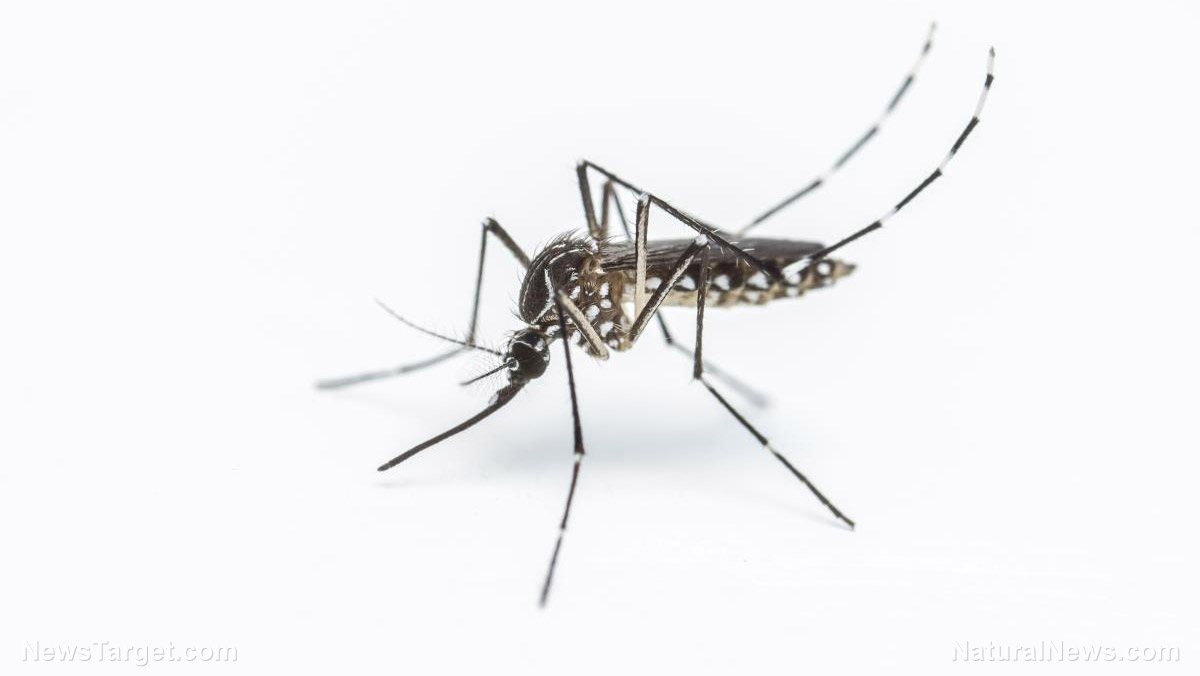
The study found that mosquito larvae will swallow tiny bits of plastic waste floating in their watery homes. These microplastics will survive inside the adult insects until the day the latter die. If the bug gets consumed by a predator or scavenger, the microplastics in its body will get absorbed by the animal that ate it.
Microplastics are known to heavily contaminate aquatic environments like rivers, oceans, and seas. They disrupt the food chain by poisoning, maiming, and killing marine lifeforms and seabirds.
But they are also found in terrestrial locations. A lot of plastic waste gets dumped in landfills, where they are abraded into microplastics but retain their toxic properties.
Researchers from the University of Reading (UR) are concerned that contaminants from aquatic environments might be affecting terrestrial ecosystems. The microplastics could be transferred over by bugs that start their lives out in water, (Related: Microplastic pollution is changing ocean ecosystems.)
Microplastics eaten by mosquito larva stick around for a long time
In the experiment, mosquito larva were presented with microscopic fluorescent plastic. The wrigglers received sufficient time to interact with the microplastics. Afterwards, the immature insects were transferred to clean water.
The researchers took some of the larva for dissection. The guts of the animals were found to contain microplastics, suggesting that the mosquito larva ate the fluorescent plastics earlier.
The larva were allowed to develop into pupa, which are unable to eat. Samples of the partially-metamorphosed animals were taken and cut open for examination.
Like their earlier stage of development, the guts of the mosquito pupa also revealed microplastics. Since the bugs did not eat during this stage of their life, the plastics could only be leftovers that got eaten during the larval stage.
Finally, the remaining pupa were permitted to grow into adult mosquitoes. Another round of dissection came up with the same results: There were still microplastics in the guts despite mosquitoes definitely not being the type to eat plastic.
Are insect-borne microplastics a threat to the food chain?
According to UR researcher Amanda Callaghan, the microplastics found inside the mosquitoes decreased with each stage of development. She theorized that the insects were able to expel some of the plastics over time.
Callaghan added that the mosquitoes did not seem to be affected by the "food" they ate during their larval stage. But the threat posed by the microplastics isn't directed at the skeeters.
Many animals feed on insects like adult mosquitoes. Bats, birds, and spiders are just some of these predators. And the larger the predator, the more mosquitoes it needs to eat.
Microplastics are as tough as their larger equivalents. If they are consumed by mosquito larva and avoid getting expelled during development, the plastics will still be inside the fully-grown mosquito when the latter gets gobbled in droves.
An animal that eats a lot of mosquitoes could also end up with plenty of microplastics in the gut. From there, the toxic plastics could enter the rest of the body and cause various health effects.
Fortunately, Callaghan believed it unlikely for mosquitoes to pass the microplastics over to humans through bites. The plastics had little chance of ever reaching the salivary glands of the bug. But if you are still worried about the pests, you can always build your own mosquito traps.
Learn how you can help preserve the environment for future generations at Ecology.news.
Sources include:
Please contact us for more information.























